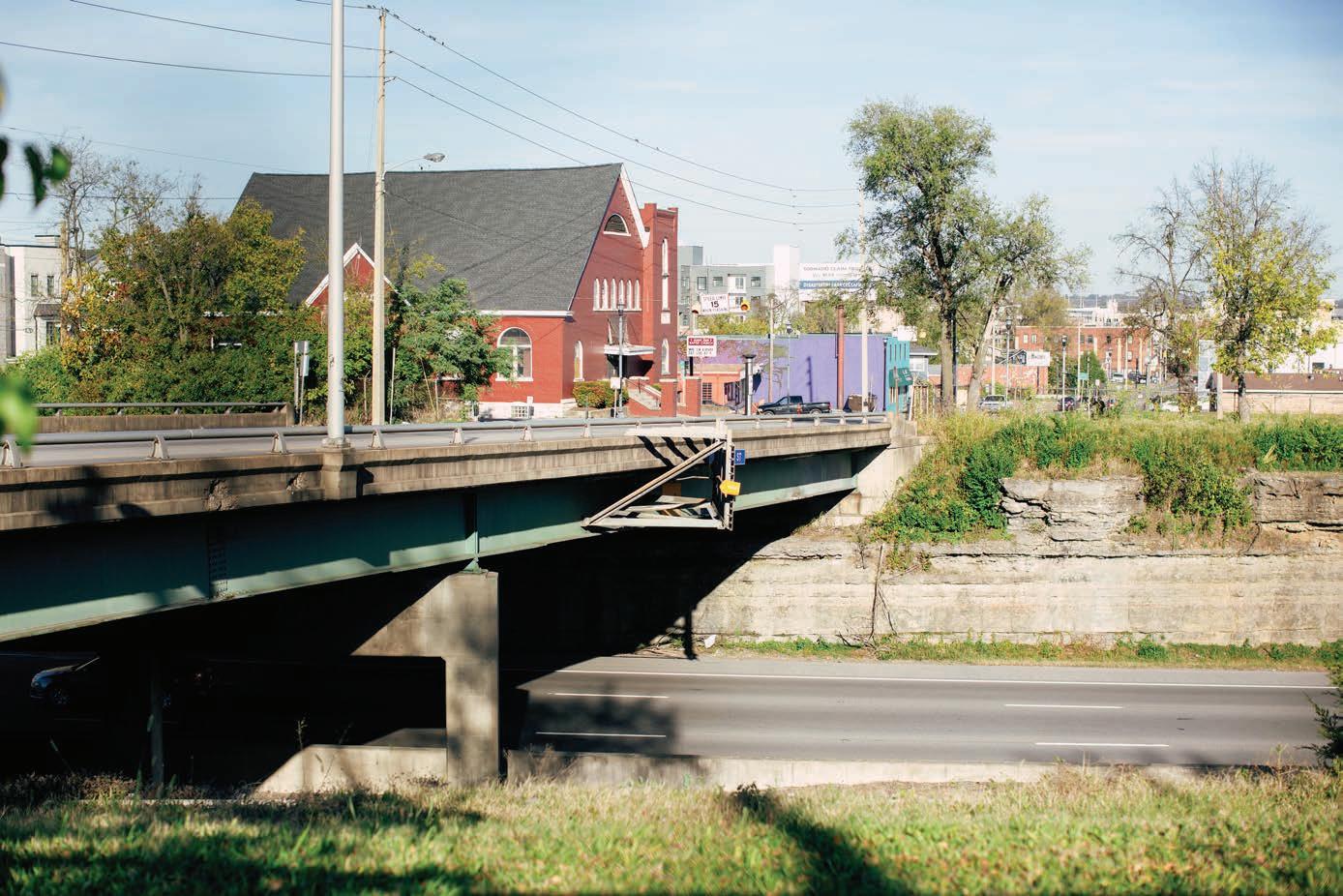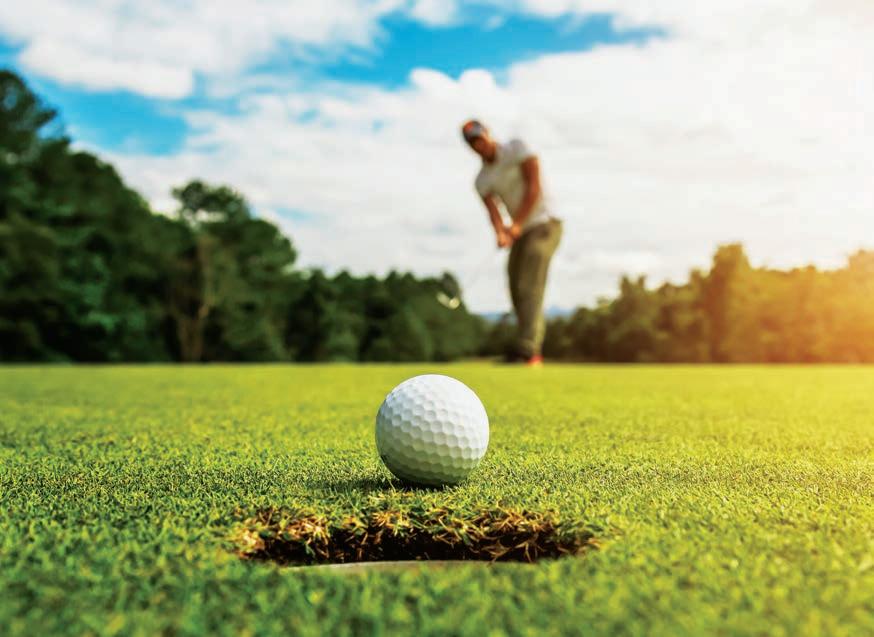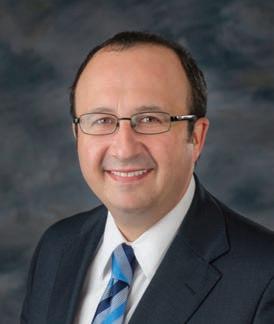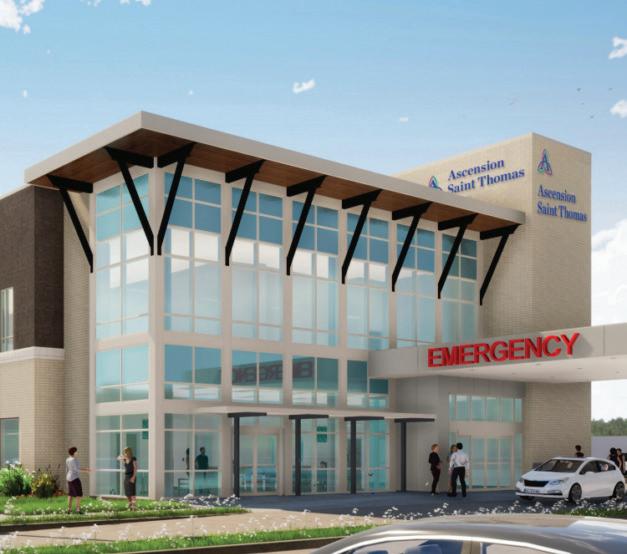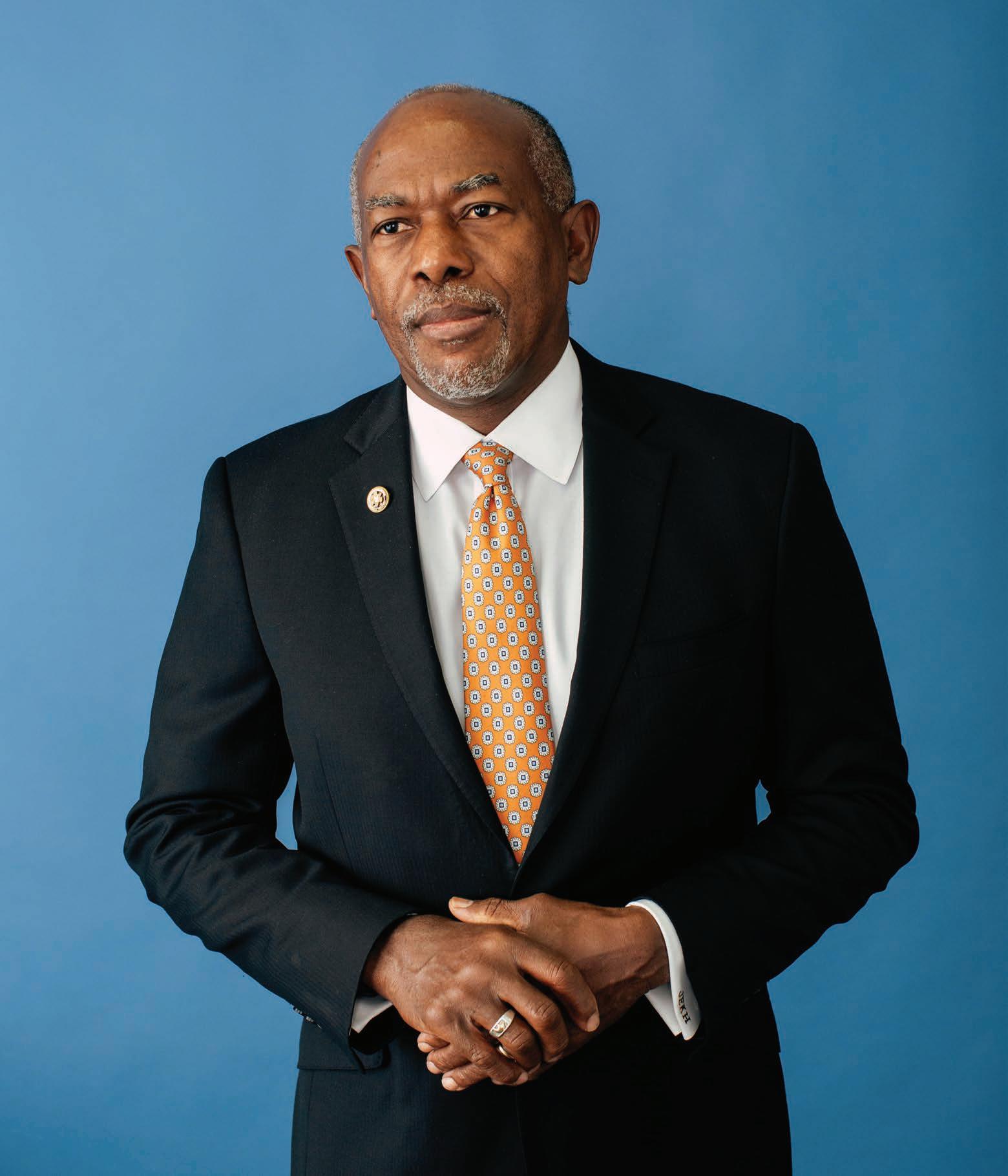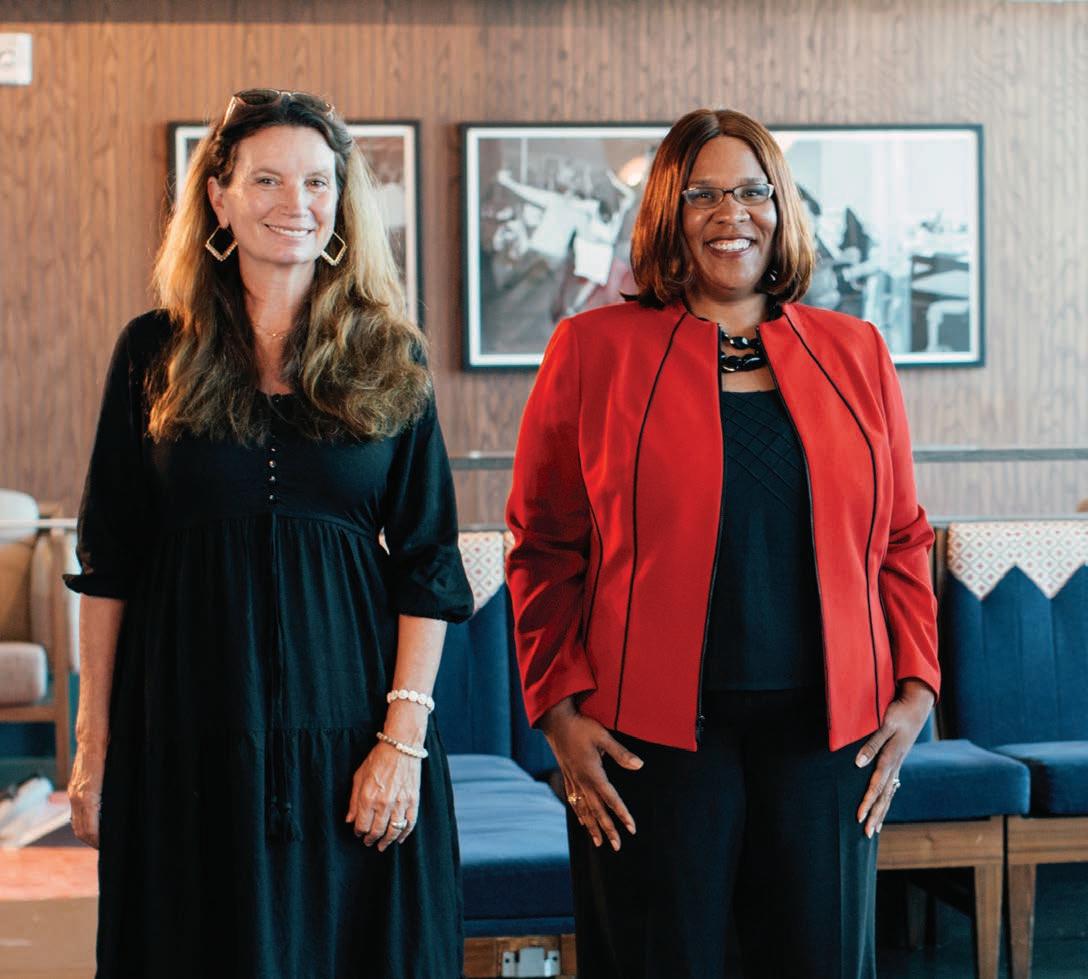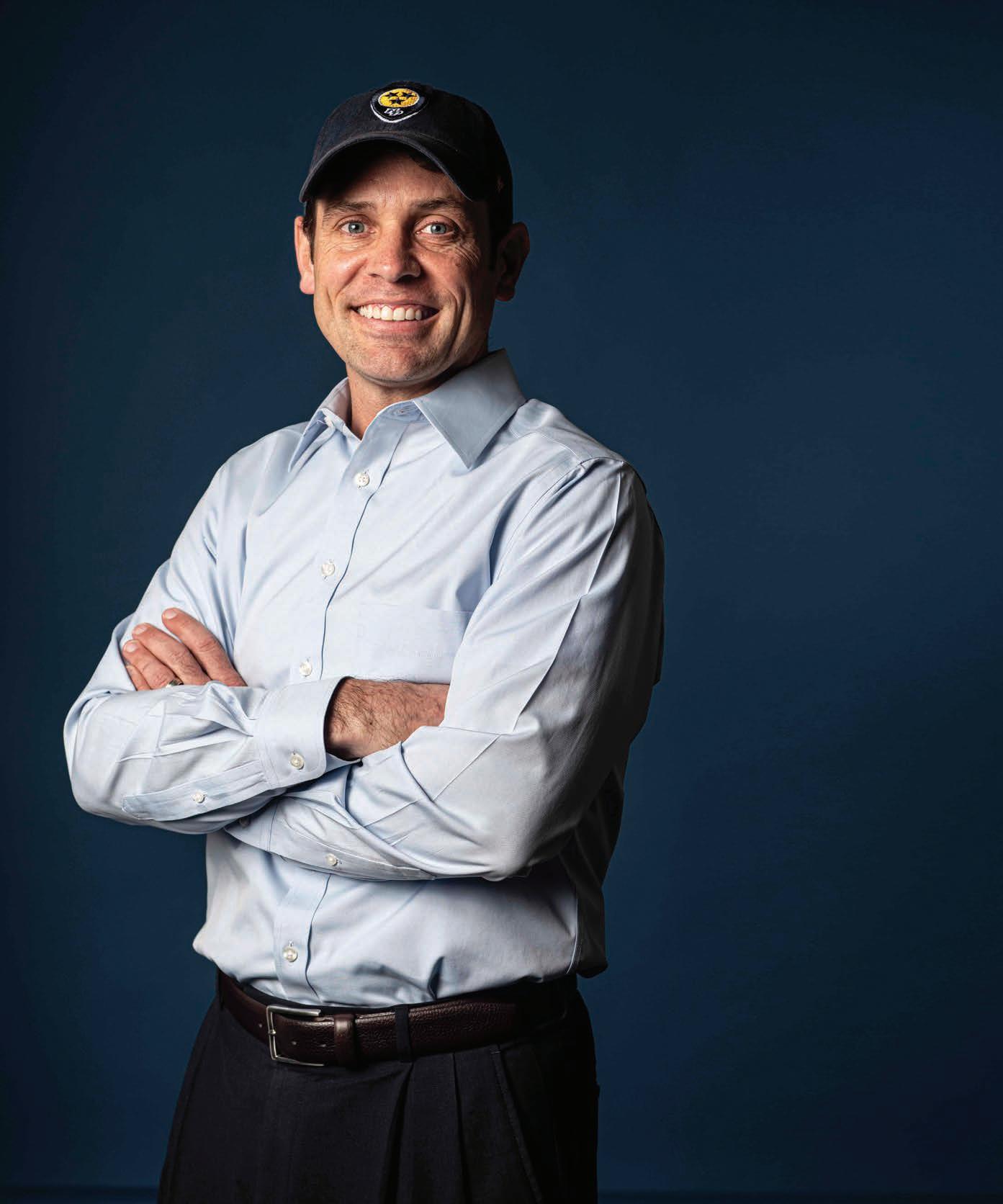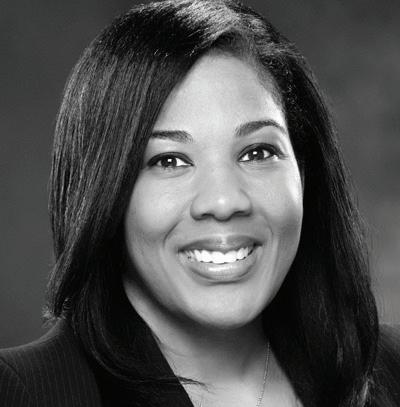
7 minute read
POST-PANDEMIC STREET UPDATES
Adapting our streets for beyond the pandemic
Pilot projects during what is essentially the world’s largest design charrette are proving their viability and value
Advertisement
BY SHELLEY SMITH
urating the intangible sense of place
C has long been considered integral to a community’s ability to attract and retain residents, entrepreneurs and businesses. Good place management involves melding principles and practices from many di erent disciplines to enhance a sense of place, as well as protect the safety, health, happiness and well-being of all community members. ose ideals are now in the spotlight for their ability to also mitigate the negative economic e ects of COVID-19, which looks likely to accelerate existing and already emerging initiatives in the built environment rather than create a sea change.
For years, place management professionals have argued that many streets in urban areas have unrealized potential to support a multitude of activities and function. ey allow for the movement of vehicles, pedestrians and cyclists but also are places to gather, socialize, dine and play. Often comprising more than a quarter of a city’s landmass, streets’ right-ofway o er the space to mitigate their own pollution-generating, heat-retaining surfaces and to create connective ecological corridors via canopy and street-level vegetation.
Right-of-way interventions that encourage active transportation and safe streets were game-changers as the pandemic unfolded, while bicycle sales and ridership skyrocketed as people were forced to stay home. Places that support walkability and bike-ability provide human health bene ts while reducing congestion and carbon dioxide emissions from vehicles. Pedestrian and bicycle use in right-of-ways also calms tra c speeds and has proven to lower collision rates. An increase in pedestrian and bicycle use will no doubt be a lasting legacy of the pandemic.
In April of this year, Milan announced Europe’s most ambitious scheme to date to reduce car use. Janette Sadik-Khan, a former
transportation commissioner for New York City, began working with cities — including Bogota and Milan — on their transport recovery programs shortly after the pandemic began. ese projects provide a measurable economic and social return on investment for both businesses and residents.
Sadik-Khan believes that Milan, which is at least one month ahead of other world cities in the trajectory of the pandemic, could provide a successful blueprint for other cities who hope to permanently reclaim their streets: “ e Milan plan is so important because it lays out a good playbook for how you can reset your cities now. It’s a once-in-a-lifetime opportunity to take a fresh look at your streets
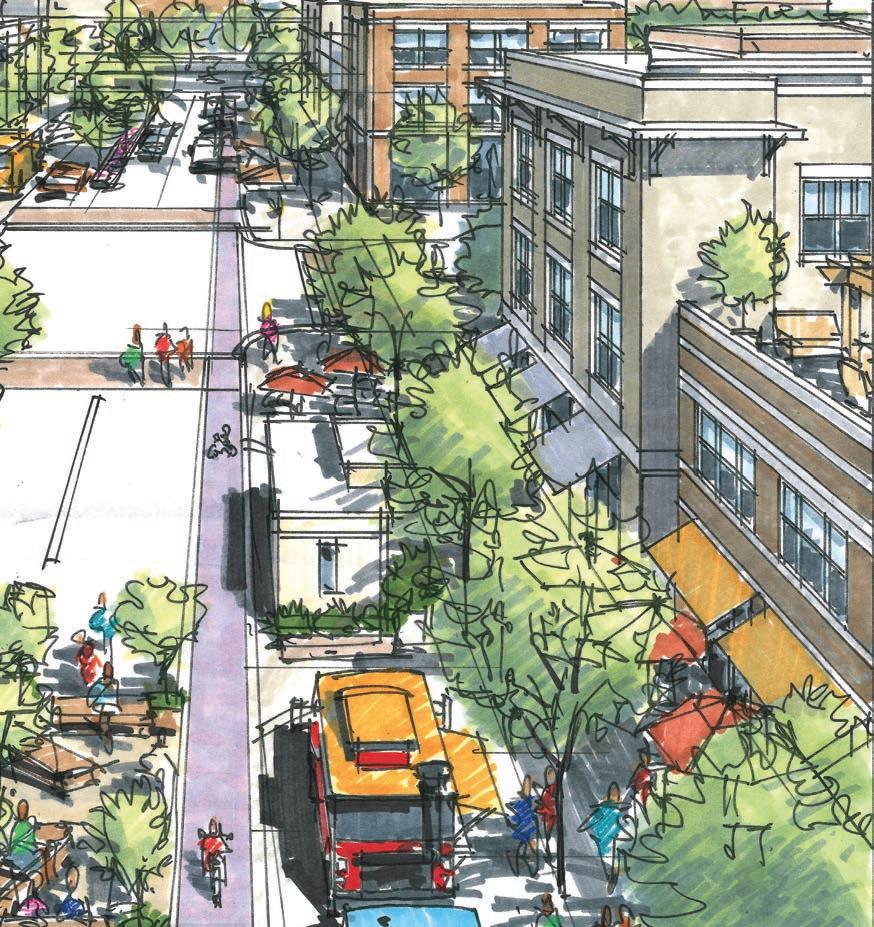
and make sure that they are set to achieve the outcomes that we want to achieve: not just moving cars as fast as possible from point A to point B, but making it possible for everyone to get around safely.”
Street space, ranging from parking spaces to entire blocks, can serve a variety of functions. e right-of-way can be adapted using many combinations of strategies to achieve more diverse uses. In addition to mobility, streets can be programmed as places to socialize. One major lesson of the pandemic has been that social interaction is a necessity. Adaptations to rightof-way that strengthen neighborhood interaction and invite people to stick around are vital to livable and dynamic neighborhoods. Parklets, pilots and permanence e pandemic raised awareness of parklets as a creative and e ective solution for transforming on-street parking spaces into small spaces for people to use and enjoy. ey provide pedestrian amenities such as seating, landscaping and bike parking. ough the concept is nothing new, the need for parklets and similar spaces became evident as the economy began to reopen. e rst parklet program began years before the pandemic in San Francisco in 2009 and the model has been adopted by many cities, with a sharp rise in their installation this year due to the pandemic.
Inspired by an annual international event called ‘PARK(ing) Day,’ parklets typically involve a public-private partnership between a city and a community sponsor. In Nashville, the Civic Design Center has led the local charge and enlisted dozens of businesses’ participation over the years. e sponsor is responsible for the design, construction and maintenance of the parklet, which is designed to be semi-permanent.
Proponents of parklets say there are innovative ways in which the spaces can be even be enjoyed e ectively during the winter months as well, such as by installing heat lamps or semi-enclosing the spaces utilizing tent aps. In Long Beach, California, despite its ingrained car culture, Mayor Robert Garcia has proposed making parklets along Pine Avenue permanent. Other cities, such as Wilmington, North Carolina, and Los Angeles have extended their parklet and outdoor dining programs to help businesses survive the year.
Widening sidewalks in commercial areas could add space for businesses to continue to operate safely into the new year, especially in the hospitality outlets that provide café seating and street furniture. Sidewalk extensions can also work well on transit streets to safely accommodate pedestrians waiting for trolleys and buses. Creating more space for landscaping and amenities also greatly improves the pedestrian experience by serving as a bu er from tra c.
Local business, political and sports news delivered directly to your inbox. Subscribe Today

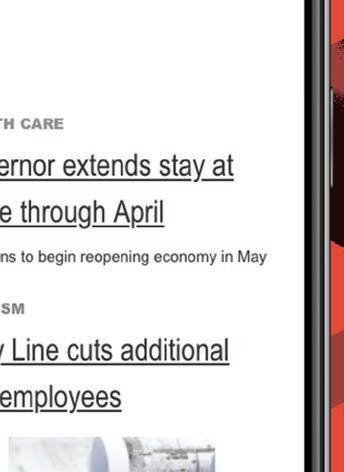




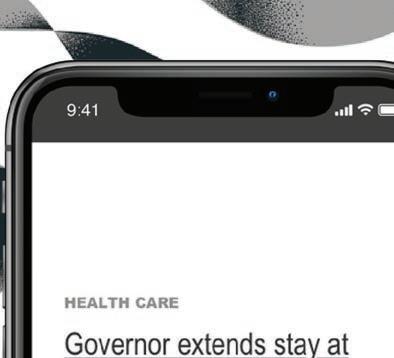

April 14, 2020 MORNING NEWS

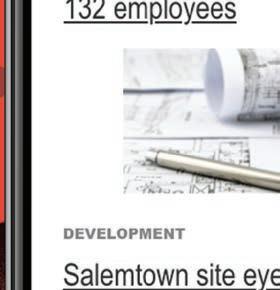

Streets might need to be redesigned to meet other emerging needs besides social distancing. Online shopping and home food delivery have taken o , creating a huge demand for drop-o and delivery spaces. is increase in demand for curbside space may force us to revisit our ideas about curbside street parking — not only to meet new delivery needs, but also to free up space for pedestrians.
Urban density places high demands on ecological systems and natural processes, which in turn directly impact human health and well-being. At the same time, density can support natural processes and ecological systems that have a direct relationship with human health.
Another trend given a boost by COVID is the idea of opening neighborhood streets by limiting through tra c to support more physical activity and community interaction. Play streets, farmers markets and festival streets are examples of street uses that transform streets on a recurring basis for block parties or other events. Several U.S. cities have play street programs underway that o er activities such as bicycle parades, relay races and musical performances.
We’re seeing movement locally, too. Metro Public Works o cials this fall said they were expanding their Slow Street program. In October, the department installed barricades and signs and various points on 10 streets around Nashville, building on a pilot program started in the spring after the pandemic arrived. e projects spanned 15 miles, up from four and a half earlier this year.
Taking that concept a step further are street parks. ose involve the permanent transformation of a portion of a non-arterial street into a pocket park space. A street park permanently closes a portion of a street to cars and reclaims this space for play, urban farming or community gathering. e street transformation strategy works well on quiet residential streets and may be suitable for streets that have been identi ed as neighborhood greenways. A street park can also provide safe bicycle connections.
Medians or center islands are generally used for tra c calming on wider segments of the right-ofway. In addition to slowing tra c speeds, medians can provide opportunities to increase so-called Green Stormwater Infrastructure and urban tree coverage. Where there is su cient width, medians can also be transformed into linear parks. On some low-traf c streets, they can also provide opportunities for neighborhood amenities such as urban agriculture, playgrounds and seating.
As the economic impact of the pandemic continues to unfold, it has remained largely incumbent on the public sector to provide quick workarounds for much of the red tape that comes with adapting streets and other automobile-centric spaces for new uses. From parklets to play streets to pop-up greenways, the wake of COVID will see communities embracing creative uses of rightof-way for their residents.
In what might be considered the world’s largest design charrette, many of the strategies for transforming the urban right-ofway were implemented during the pandemic out of necessity. But o cials are nding out that the world didn’t end and community members have grown more likely to demand that temporary and tactical strategies become permanent solutions. Pilot projects during the pandemic have proven their viability and value in the short run. Look for many of them to become permanent amenities.

